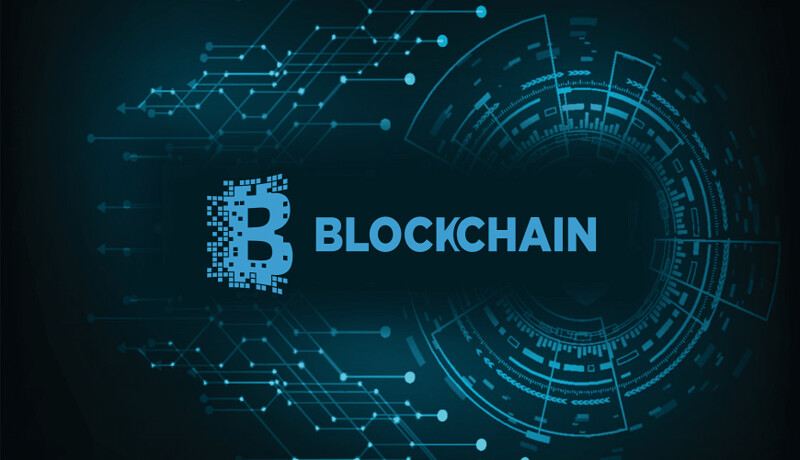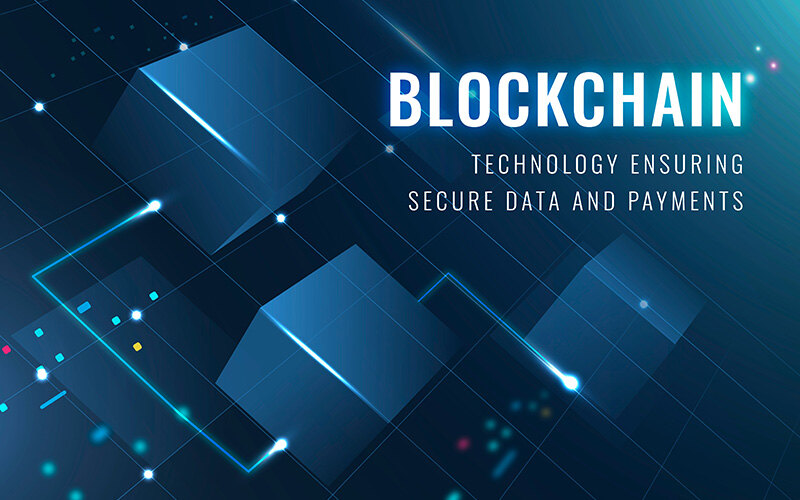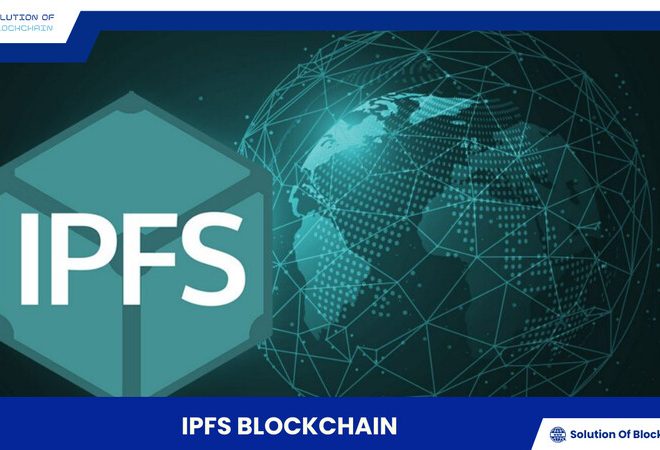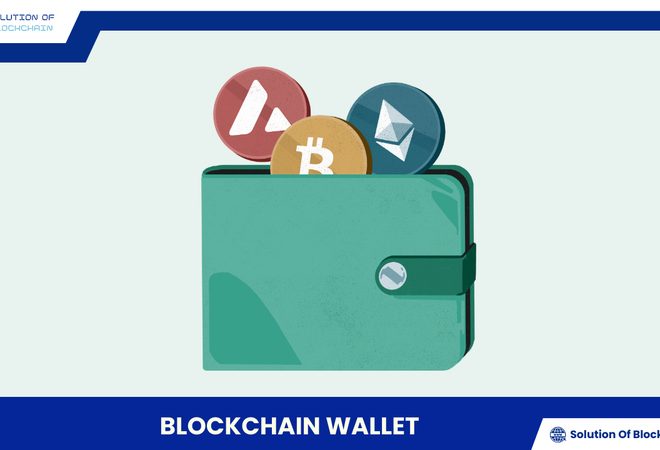
Learn about Blockchain programming
The financial world is witnessing a technological revolution with immense potential called Blockchain. Beyond creating cryptocurrencies, Blockchain opens doors to countless groundbreaking applications in finance and investment. And behind these applications lies the power of Blockchain Programming.
Introduction to Blockchain programming
What is Blockchain programming?
Blockchain Programming is the process of developing applications and solutions on the Blockchain technology platform. Its goal is to create decentralized, secure, and transparent applications that operate independently without being controlled by any intermediary organization.
To understand further, let’s review some key components of Blockchain Programming:
- Smart Contracts: These are self-executing code segments that trigger when certain conditions are met. They help automate processes, reduce risks, and enhance trust in financial transactions.
- Consensus algorithms: These are mechanisms that ensure data consistency and security on the Blockchain. Some popular protocols include Proof of Work (PoW), Proof of Stake (PoS), and Delegated Proof of Stake (DPoS).
- Decentralized applications (DApps): These are applications that run on the Blockchain, not controlled by a single organization. DApps offer transparency, censorship resistance, and high scalability, making them well-suited for financial applications.
Types of Blockchain programmers
In the world of Blockchain Programming, there are three main types of programmers:
- Core Blockchain developer: They are the architects behind Blockchain protocols. Their work involves developing and maintaining the core source code, ensuring the security, stability, and performance of the system.
- Blockchain application developer: They are the ones who build DApps on the Blockchain platform. They need knowledge of both Blockchain programming and user interface development to create user-friendly and easy-to-use applications.
- Smart Contract developer: They specialize in writing and deploying smart contracts. Their skills include mastering smart contract programming languages and understanding business logic to ensure contracts operate accurately and securely.
Blockchain programming languages
Blockchain programming is a rapidly evolving field, with various programming languages used to build decentralized applications. Here are some of the most popular blockchain programming languages:
Solidity
- The most common programming language for blockchain, especially for Ethereum.
- Designed specifically for writing smart contracts, which are self-executing programs on the blockchain.
- Has a syntax similar to JavaScript, making it easy for web developers to learn.
Vyper
- Another programming language for Ethereum, also focused on smart contracts.
- Designed to be more readable and auditable than Solidity, with the goal of reducing security vulnerabilities.
Rust
- A systems programming language widely used in blockchain development, especially for newer blockchains like Solana and Polkadot.
- Offers high performance and memory safety, crucial for blockchain applications.
Go (Golang)
- Another programming language often used to build blockchains and related applications.
- Known for its speed, simplicity, and scalability, making it a good choice for large blockchain projects.
JavaScript
- The popular web programming language is also used in blockchain development, especially for front-end applications and interacting with smart contracts.
- Many JavaScript frameworks and libraries support blockchain development, making it a convenient choice for web developers.
Python
- A versatile programming language that can also be used for blockchain development, especially for tasks like scripting, data analysis, and building tools.
- Has a large community and many supporting libraries, making it easy to get started with blockchain development.
C++
- The traditional systems programming language is also used in some blockchain projects, especially those requiring high performance and fine-grained control.
- Can be more difficult to learn than some other languages, but it offers flexibility and efficiency for complex blockchain applications.
Choosing the right language
The choice of the right blockchain programming language depends on several factors, including:
- Blockchain platform: Some languages are designed specifically for specific blockchains, such as Solidity for Ethereum.
- Project goals: Different languages may be more suitable for different types of projects, such as smart contracts, decentralized applications, or development tools.
- Developer experience: Developers should choose a language they are familiar and comfortable working with.
Blockchain development tools and platforms
Blockchain development tools
- Remix IDE: An ideal online development environment for beginners, offering features like code editing, compiling, testing, and deploying smart contracts directly in the browser.
- Truffle Suite: A comprehensive toolkit for developing, testing, and deploying smart contracts, including tools like Ganache, Drizzle, and Truffle.
- Hardhat: A flexible and powerful development environment, allowing high customization and integration with many other tools, suitable for projects with complex requirements.
Some popular Blockchain platforms
- Ethereum: The leading public Blockchain platform for decentralized applications, providing a complete environment for developing and deploying smart contracts and DApps.
- Hyperledger Fabric: An enterprise Blockchain platform focused on privacy and performance, allowing organizations to build private Blockchain networks and control access to data.
- Corda: A Blockchain platform for financial applications, focusing on handling complex transactions and ensuring regulatory compliance.
Applications of Blockchain programming
Decentralized Finance (DeFi)
DeFi is an ecosystem of financial applications built on Blockchain, operating without intermediaries, offering benefits such as:
- Peer-to-Peer (P2P) lending: Allows users to lend and borrow directly from each other, eliminating intermediary financial institutions, reducing costs, and increasing transparency.
- Decentralized exchanges (DEX): Allows users to trade directly with each other without going through centralized exchanges, enhancing security and control over assets.
- Digital asset management: Provides secure and transparent solutions for storing and managing digital assets such as cryptocurrencies, tokens, and NFTs.
Smart Contracts
Smart contracts can be used to automate and improve the efficiency of investment processes, for example:
- Automating investment processes: Executing automatic buy and sell transactions based on market conditions or predefined investment strategies, saving investors time and effort.
- Creating new investment products: Issuing and managing tokens representing shares in projects or real assets, bringing liquidity and new investment opportunities to investors.
- Improving transparency and accountability: All transactions and activities related to smart contracts are recorded on the Blockchain, immutably, enhancing transparency and accountability, reducing the risk of fraud and market manipulation.
Blockchain programming is not just a new technological trend but also the key to unlocking countless opportunities in the Finance and Investment industry. From creating DeFi applications to automating investment processes, this technology is reshaping how we interact with money and assets.
If you are passionate about technology and want to explore the vast potential of Blockchain in the financial sector, start your journey of learning and developing Blockchain Programming skills today. The demand for Blockchain programmers is increasing, opening up many attractive career opportunities for those willing to embrace this technology.
If you have any further questions related to Blockchain programming or the financial investment market, please leave a comment below the article for Solution Of Blockchain to promptly address!






